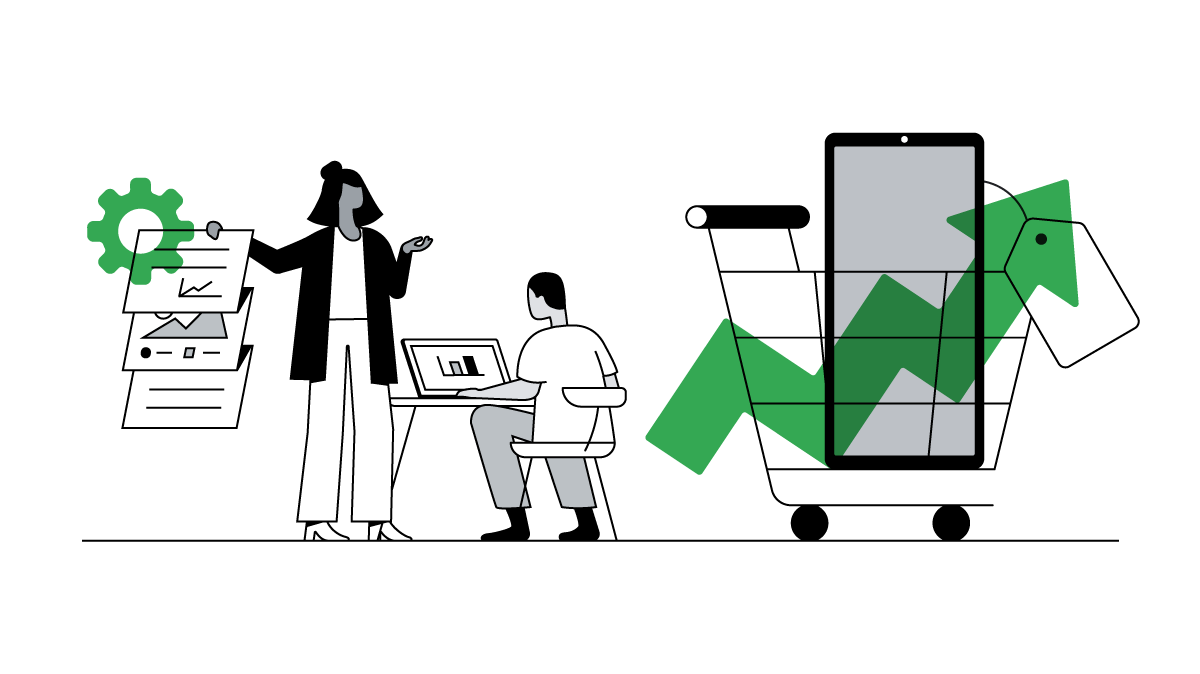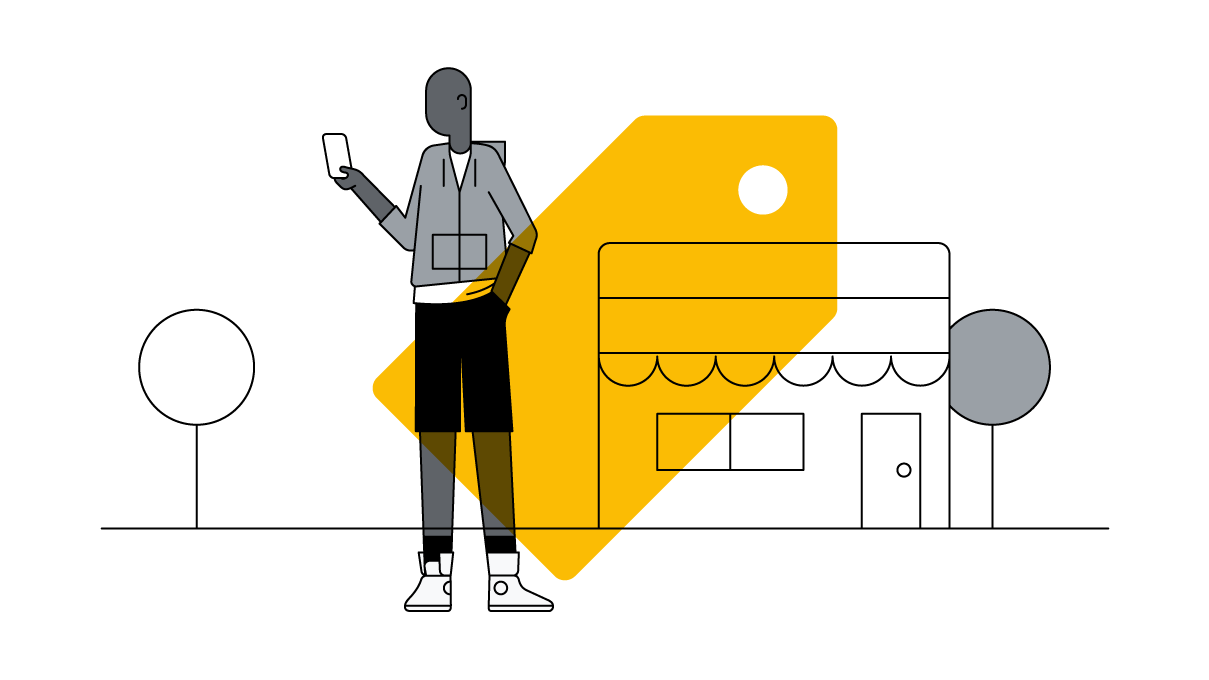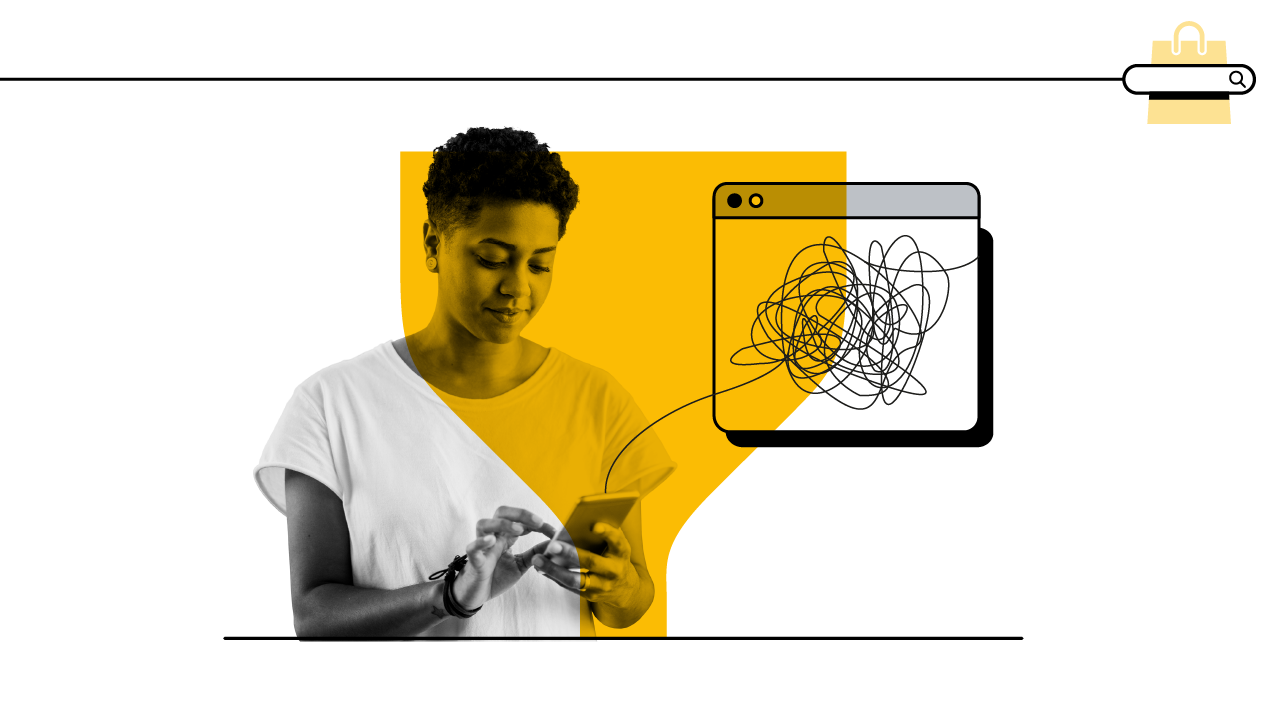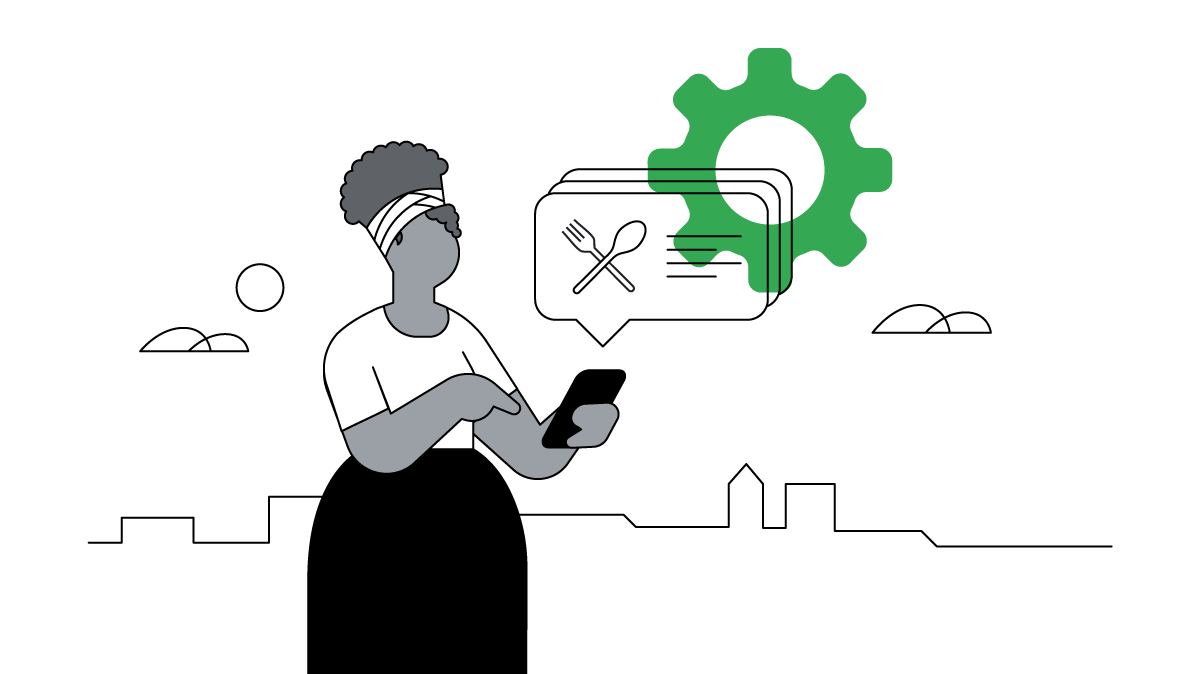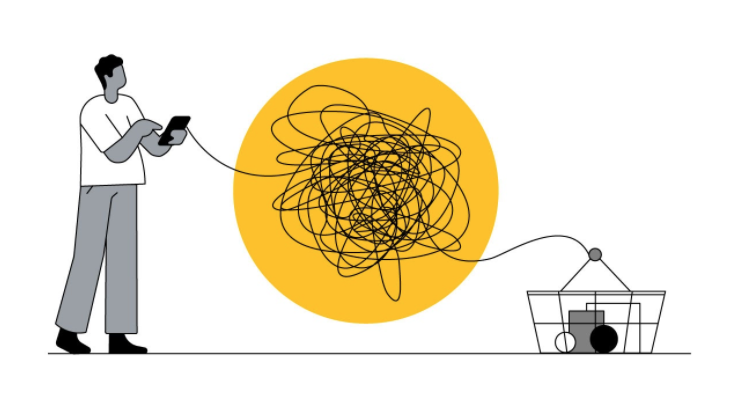Ask a Researcher: Wie bilden sich Marken- und Produktpräferenzen?
Host
Gast
Veröffentlicht
März 2021Seite teilen
Ask a Researcher: Wie bilden sich Marken- und Produktpräferenzen?
März 2021Die Präferenzen von Konsumentinnen und Konsumenten lassen sich beeinflussen und sogar grundlegend verändern. Grundlage dafür sind 6 Regeln aus der Verhaltensforschung, die sich auf den Entscheidungsprozess anwenden lassen.
Über die wissenschaftlichen Erkenntnisse dazu spricht Natalie Zmuda, Global Executive Editor von “Think with Google” , mit Alistair Rennie aus dem Googles Ads Research & Insights-Team.
Sehen Sie sich auch den ersten Teil dieses Gesprächs an, in dem es um die Erkenntnisse des Research Teams geht – und darum, was Marken daraus für sich ableiten können. Hier finden Sie eine Zusammenfassung der Ergebnisse.
Weitere innovative Marketing-Ideen und Branchen-Insights finden Sie in der On-Demand-Video-Serie Be Ready for What's Next.
Natalie Zmuda: Hi, I'm Natalie Zmuda, global executive editor
of Think with Google.
Welcome to Ask a Researcher from home.
Today, I’m joined by Alistair Rennie, a research lead in Google's market insights
team in EMEA.
Alistair Rennie: Hi, thanks for having me.
Natalie: Ali, the last time we spoke, we discussed
your latest research project, Decoding Decisions, which looks at changes in search behavior
over the last 15 years.
Can you tell me how behavioral science plays a role in the research?
Alistair: Okay, well over the last five or six decades,
behavioral scientists have come up with something like 300 distinct principles of behavioral
science that really underpin how we, as a human, behaves.
And we picked out six from our literature review that are particularly relevant to
this space that we call the messy middle.
We'll start with category heuristics.
Now in a world where we are really, really busy, and there is so much choice and information,
having shortcuts is really important, and we rely on those quite heavily when making purchase
decisions.
The next two: let's talk about, I guess, social norms and authority bias kind of go together.
Because this is about how we interpret the views and opinions of others.
And the truth is, if we see five people do something, we're more likely to go and do
that thing ourselves.
And then we have authority bias, which it's similar.
But instead of coming from lots of people, it comes from one person or one source.
And my favorite out of these has to be the power of now. If you tell me that something
that I want to buy, I can have that tomorrow, that is tremendously appealing.
Then we have scarcity bias.
Very self explanatory, if there is less of something, then the more we want it.
And the last one, the power free. Say you're making a complex purchase.
You don't maybe quite understand all the variables, but someone says you can have a free pen.
Instantly your brain does that math very, very quickly, and it is very appealing.
Natalie: How do you think this research resonates
globally?
Alistair: The important thing about this research is
that it's based on observed behavior; it's grounded in behavioral science.
So we're looking at cognitive processes that happen in the human brain.
Now those cognitive processes are going to be the same, no matter where in the world
you are.
These are about human brain functions.
So this research actually travels really well.
Natalie: And why do you think this research matters
to the industry?
Alistair: There's been a big push for marketing to become
more digitally led.
But the key thing that goes with that is understanding the behavior that comes with that.
So rather than just being sort of driven by the technology, we really understand the behavior
that takes place on that platform.
Natalie: Ali, thanks so much for joining us today.
Alistair: My pleasure.
Thank you very much.
Natalie: For more of the latest marketing insights,
visit ThinkWithGoogle.com.
Weiterer spannender Content für Sie
Diese Themen sollten Sie nicht verpassen
-
Video
![]() Video
VideoGen Z: Marken sollten ihre menschliche Seite zeigen
Jetzt zum Video -
Fallstudie
![]() Fallstudie
FallstudiePMax bei Refurbed: Granulares Setup und künstliche Intelligenz bringen sattes Umsatzplus
-
Artikel
![]() Artikel
ArtikelOmnichannel ist „the new normal“: Das müssen Händler jetzt wissen
-
Fallstudie
![]() Fallstudie
FallstudieHolistischer Omnichannel-Ansatz: So steigert Tchibo Store Visits und Online Sales
-
Artikel
![]() Artikel
ArtikelInside Google Marketing: Everyone has been overlooking the mid-funnel. Even us
-
Video
![]() Video
VideoCommunity Building: Warum Nachhaltigkeit der Schlüssel zu Nestlés Wachstum ist
Jetzt zum Video -
Fallstudie
![]() Fallstudie
FallstudieGoogle AI als Effizienz-Booster: GetYourGuide am Puls der Zeit
-
Artikel
![]() Artikel
ArtikelWelche Auswirkungen hat Corona auf unsere Kaufentscheidungen?

